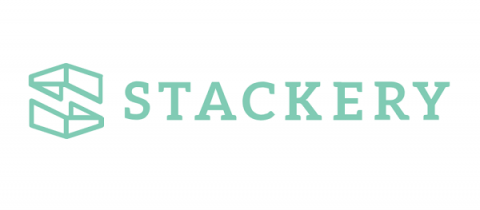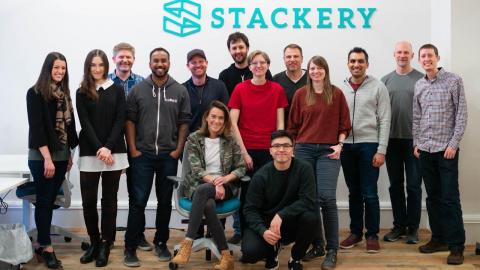Deploying a serverless data processing workflow with AWS Step Functions
This is the first of a two-part blog series. In this post we’ll use Stackery to configure and deploy a serverless data processing architecture that utilizes AWS Step Functions to coordinate multiple steps within a workflow. In the next post we’ll expand this architecture with additional workflow logic to highlight techniques for increasing resiliency and reliability.



